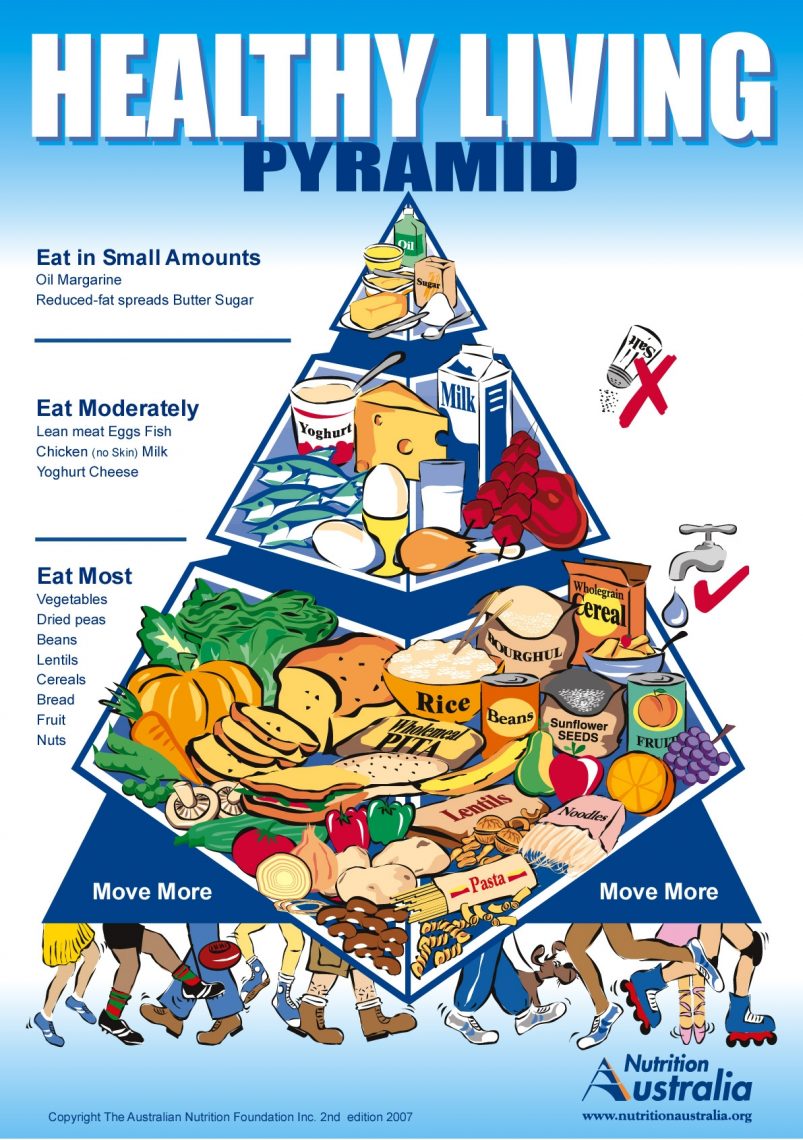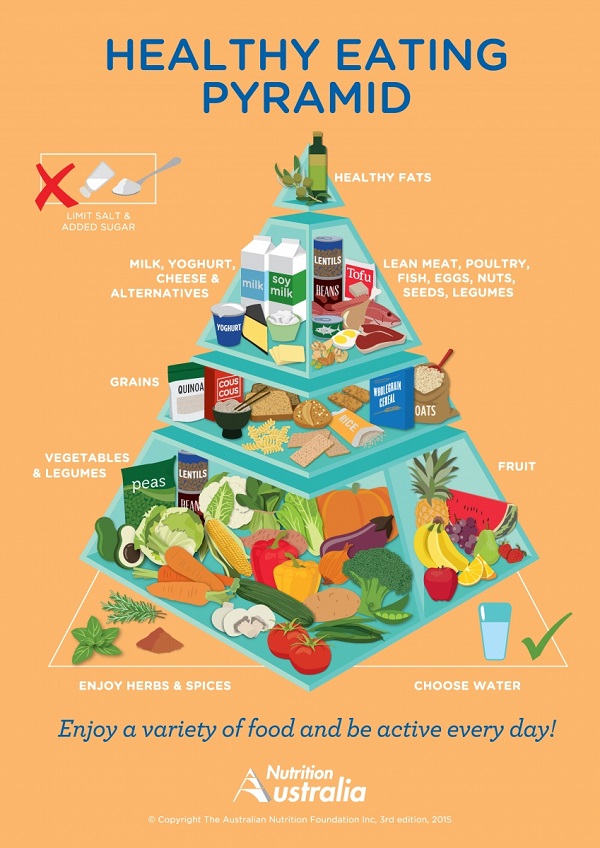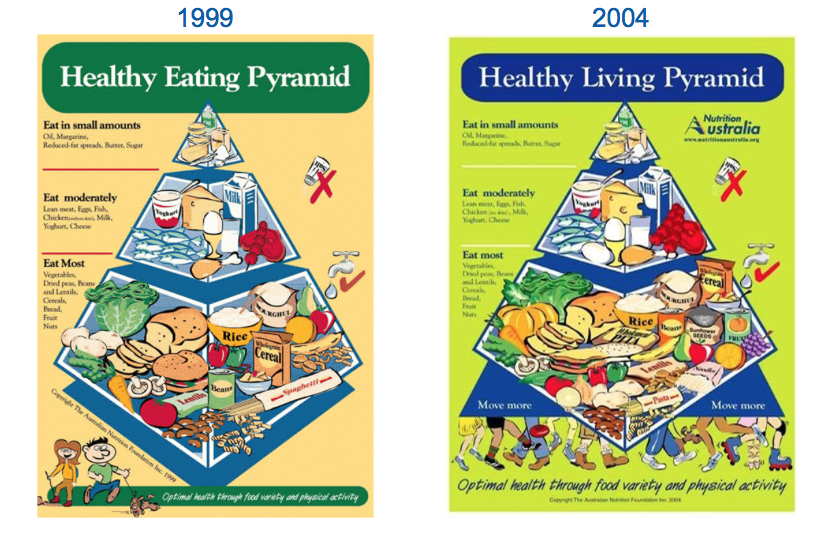Australian Healthy Eating Guidelines 2015
Wednesday, June 26, 2024
Edit

Australian Healthy Eating Guidelines 2015
Introduction
The Australian Healthy Eating Guidelines 2015 have been recently released by the Australian Government. The guidelines provide a comprehensive and evidence-based approach to healthy eating for Australian adults, children and teenagers. The guidelines are based on the latest scientific research and promote the consumption of healthy foods such as fruit, vegetables, lean proteins and wholegrains. They also provide advice on limiting the consumption of unhealthy foods such as processed foods, added sugars, saturated fats and trans fats. The guidelines are intended to help Australians make healthier food choices and reduce their risk of chronic diseases such as heart disease, stroke and diabetes.
Healthy Eating Guidelines
The Australian Healthy Eating Guidelines are divided into three main sections: Eating for Health, Physical Activity and Nutrition and Weight Status. The Eating for Health section provides advice on the types and amounts of food that should be consumed each day, as well as the types of foods to limit or avoid. The Physical Activity and Nutrition section provides advice on physical activity, as well as advice on eating less saturated fat, added sugars and salt. The Weight Status section provides advice on maintaining a healthy weight and preventing overweight and obesity.
Food Groups
The Australian Healthy Eating Guidelines recommend that Australians should consume a variety of foods from the five main food groups: grains (cereal), fruits, vegetables, lean meats and dairy products. The guidelines recommend that at least half of the daily energy intake should come from grains, such as bread, pasta, rice and oats. A minimum of five serves of vegetables and two serves of fruit should be consumed each day. Protein foods such as lean meats, eggs, fish, nuts and pulses should be consumed each day, as well as dairy products such as milk, yoghurt and cheese.
Healthy Fats
The Australian Healthy Eating Guidelines recommend that Australians should consume healthy fats in moderation. Healthy fats include monounsaturated and polyunsaturated fats, which are found in foods such as nuts, seeds, avocados, olive oil and fish. Unhealthy fats, such as saturated and trans fats, should be limited as they can increase the risk of heart disease.
Added Sugars and Salt
The guidelines recommend that Australians should limit the amount of added sugars and salt in their diet. Added sugars are found in foods such as sweets, cakes, soft drinks and biscuits and should be limited as they can lead to weight gain and an increased risk of chronic diseases. Salt is found in processed foods such as canned and frozen foods, as well as fast foods and should be limited as it can increase the risk of high blood pressure.
Conclusion
The Australian Healthy Eating Guidelines 2015 provide a comprehensive and evidence-based approach to healthy eating for Australian adults, children and teenagers. The guidelines promote the consumption of healthy foods such as fruit, vegetables, lean proteins and wholegrains and advise on limiting the consumption of unhealthy foods such as processed foods, added sugars, saturated fats and trans fats. By following the recommendations of the guidelines, Australians can reduce their risk of chronic diseases such as heart disease, stroke and diabetes.
Nutrition Australia on Twitter: "The Australian Guide to Healthy Eating

Eat well: The power of celebrity nutrition | SBS Food

A brief history of the Pyramid | Nutrition Australia

Australian Healthy Food Pyramid - What You Need to Know in 2020

Australian Guide to Healthy Eating | Food groups chart, Healthy

Healthy Eating Pyramid - The Healthy Eating Hub

Nutrition Australia just released a new food pyramid! | 1 Million Women

Nutrition In Australia - Nutrition Ftempo

Sugar Free Diet: Adherence to Australian Dietary Guidelines

Picture Perfect Nutrition in 5 Minutes: Food Plates to Use
